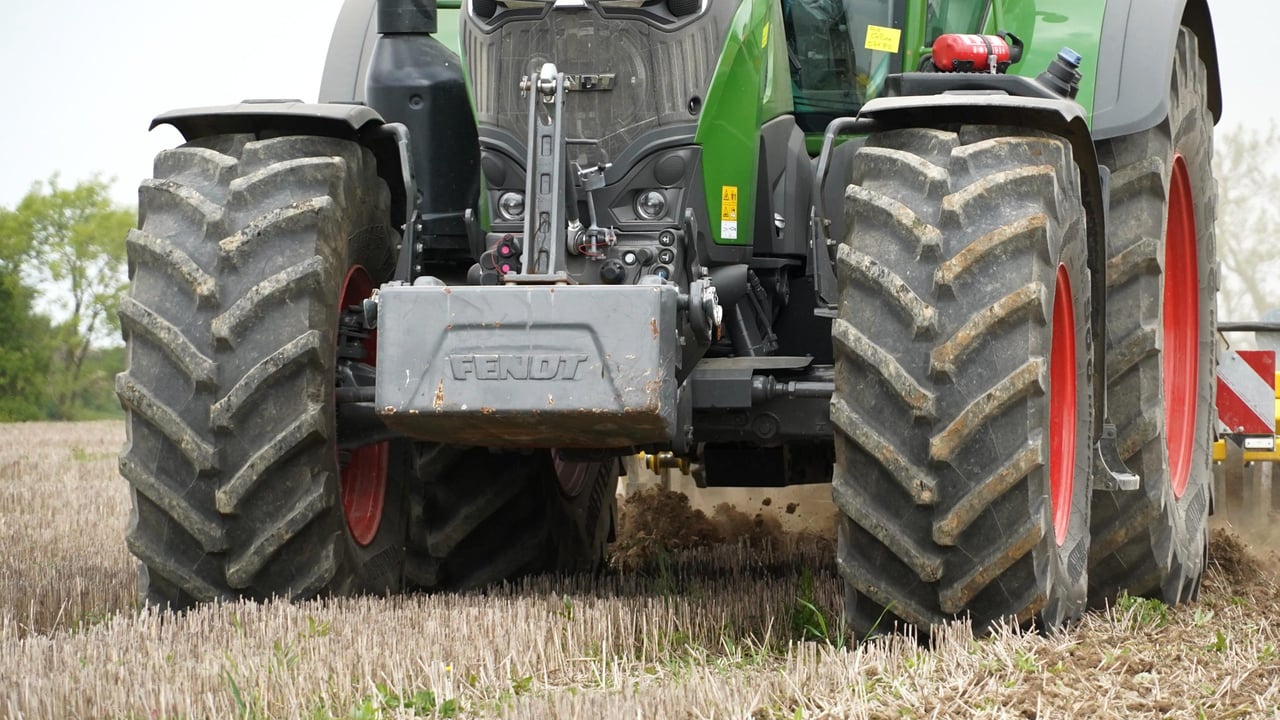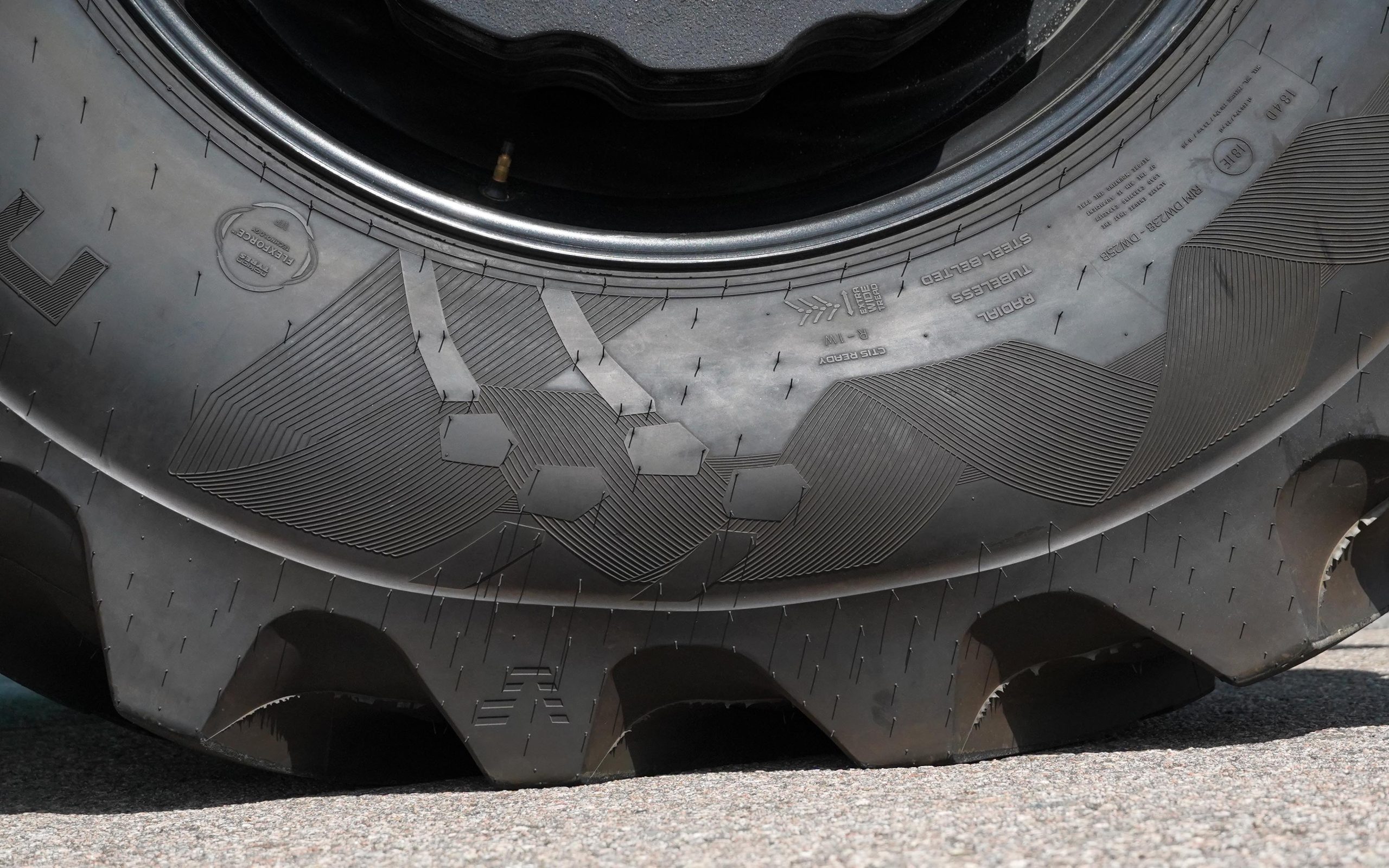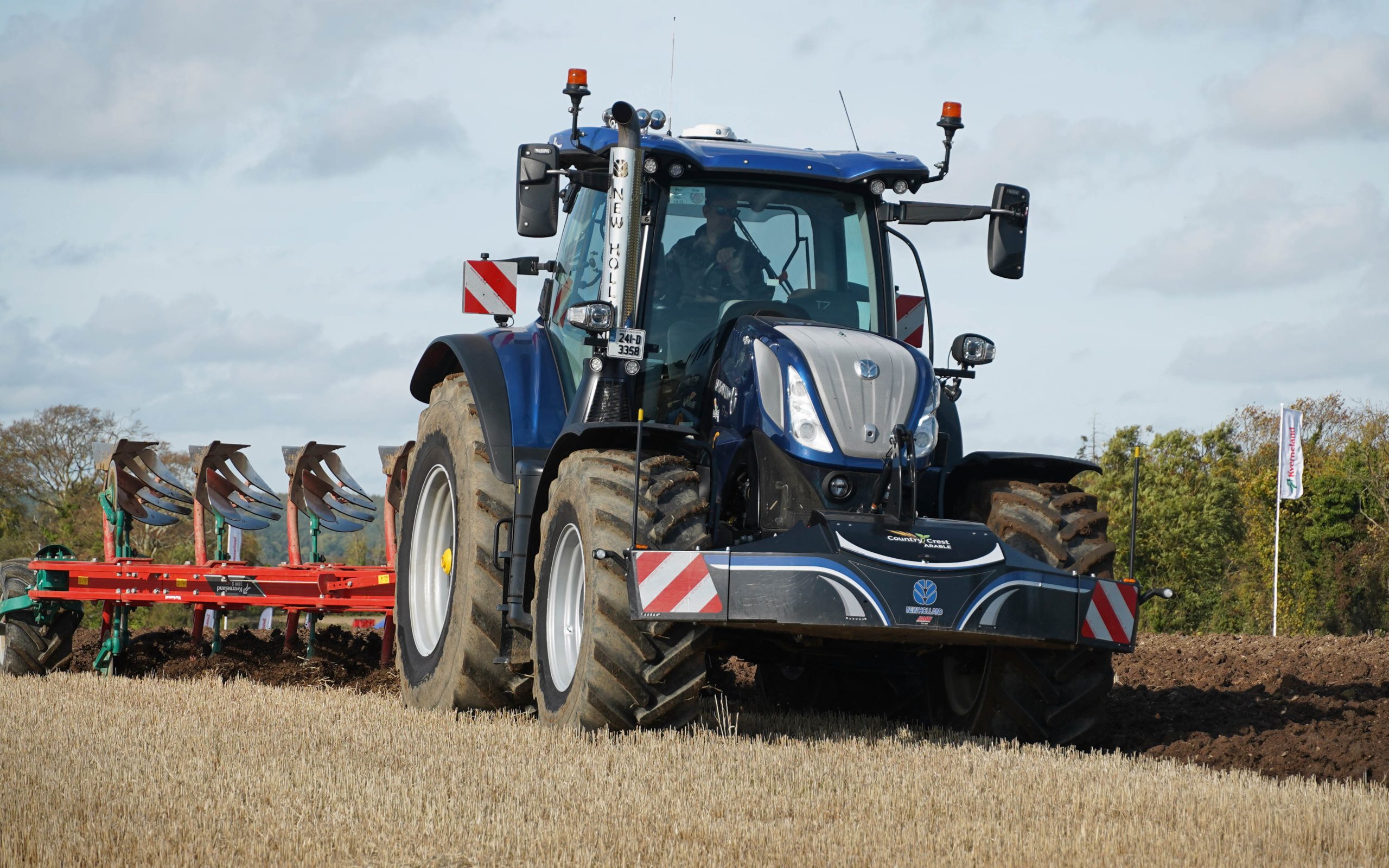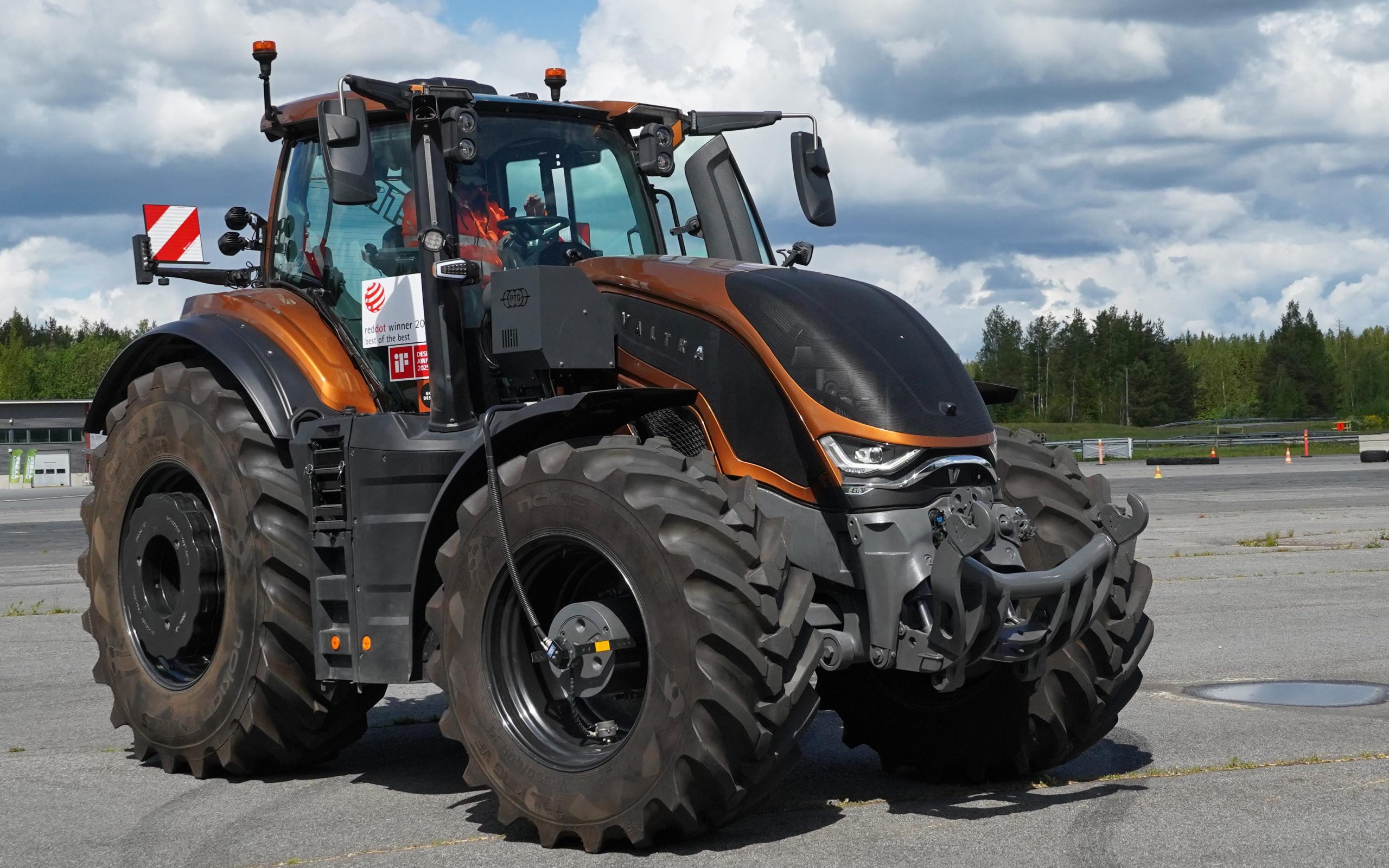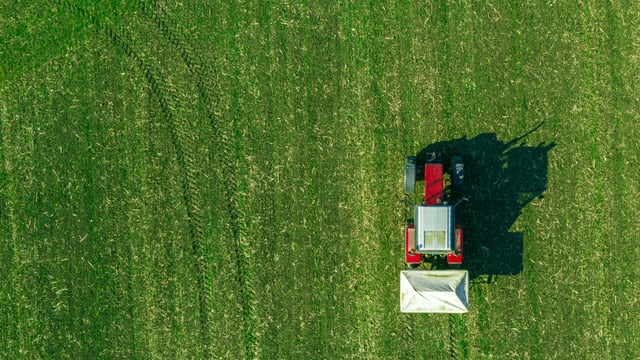The science of soil smearing by tractor wheels and how to reduce it
Soil compaction is a subject that is now widely recognised and addressed, yet a related issue that does not get quite the same attention is soil smearing by tractor wheels.
Compaction is considered the vertical displacement of soil particles as they press against one another, collapsing the pores and excluding air from the spaces.
Smearing, on the other hand, describes the realignment of the soil particles in the horizontal plain, forming a thin impermeable layer which is much the same as a plough pan. Yet, the issue is not so widely known about or considered.
Converting engine power to the forward motion of a tractor is reliant upon the interaction of tyres and the ground, with the efficiency being highly dependent on the cohesive strength of the earth it is running on.
This is known as its shear and is established by the interaction between its solid, liquid, and gas constituents.
The ultimate shear strength, and therefore resistance to smearing, of a soil depends mainly on the composition of the soil’s particles, the amount of water in the soil, and how badly compacted the soil is.
Other important factors include the range of soil particle size and their chemical make-up, whether they are quartz, mica, silica, etc.
The moisture content of this particle mix is particularly important, for it is this and the subsequent capillary forces created by the interaction of the solid particles, water and air, which confer upon the soil its adhesive qualities.
The issue of compaction also has a bearing on a soil's shear strength for, generally speaking, the more compact the greater its shear strength.
A compacted loam may have four times the cohesion of its saturated uncompacted state.
The overall takeaway from considering these factors is once more that wet ground is the most easily damaged, whether that be through compaction or smearing.
Dry ground can more easily resist the shear pressure applied by a tyre lug and so it follows that the larger the surface area of the soil it has to push against, the less likely it is to shear off the block of soil held between the lugs.
It therefore follows that to increase the grip, we can either fit wider tyres or run them at a lower pressure, and both are widely deployed in field operations.

